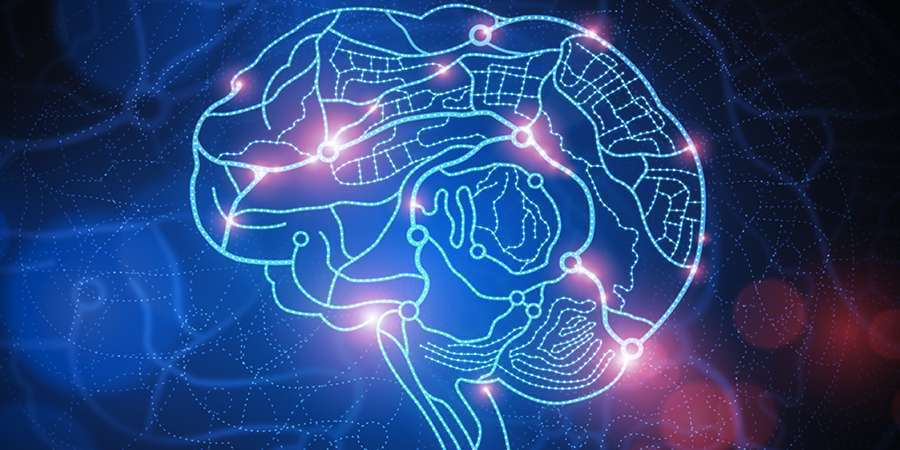Internet of Things is often associated with making common objects smart and connected. But it’s not enough to ‘give senses’ to inanimate objects. What we need to do next is to let IoT think and learn. Here is why.

written by:
Anton Rykov
Product Manager, Qulix Systems
Internet of Things is often associated with making common objects smart and connected. But it’s not enough to ‘give senses’ to inanimate objects. What we need to do next is to let IoT think and learn. Here is why.
Sensors are responsible for getting specific data about the environment or device operations. Imagine a ‘Smart Plant’ with 10 000 sensors which stream a continuous flow of data. This information needs to be collected, stored, managed and effectively analyzed.
Data torrents are unstoppable and are hard to manage even if you have Data Analytics in place as the best tools shall be supervised by Data Scientists.
This concept is well-described by IBM as 4V’s of Big Data - Volume, Velocity, Variety and Veracity. It means that rapidly increasing (Velocity) amount of Data (Volume) comes from various sources in different formats (Variety) and makes it difficult to distinguish valuable data from ‘white noise’ (Veracity).
Analyzing such data is a complex and time-consuming task. At the same time the market desperately needs Data Scientists; the shortage is expected to reach 100 000+ specialists in the U.S. by 2020 according to McKinsey.
The lack of Data Engineers calls upon to save their time and use it with maximum efficiency.
This is where Analytical Tools combined with Machine learning save the day.
Machine Learning (subfield of Artificial Intelligence) can be described as teaching computer how to deal with the problem instead of giving direct instructions on how to solve it. It helps creating “teachable” programs capable of looking for the patterns and adjusting their behavior based on the new data.
The application area of the technology is very broad from chat bots and Natural Language Processing to Disease Detection and Self-Driving Cars. Many of the apps we use everyday are based on Artificial Intelligence (e.g. personal assistants Siri and Google Now).
Machine Learning can help on the 3 steps of Data Analytics:
- Pattern Recognition – detecting the abnormalities (e.g. it figures out that electricity consumption of a particular turbine is above-average and indicates operation problems)
- Predictive Analytics – as soon as we have patterns it is possible to forecast and build data-driven scenarios. Thus, the program may predict when our electricity-consuming turbine breaks and the possible type of failure.
- Prescriptive Analytics – A.I. suggests an action plan based on the projected scenarios.
While Machine Learning can resolve particular issues, there shall always be a human to manage the system. Only real people can address the data from strategic and business viewpoints.
Machine Learning can make calculations and build models very fast. Data Scientists amplify those data with their experience, capabilities and creativity to generate business insights. Data Engineer + Machine Learning is a perfect mix which can help companies cope with the complexity of IoT data.
Learn more about Qulix IoT solution development.

Contacts
Feel free to get in touch with us! Use this contact form for an ASAP response.
Call us at +44 151 528 8015
E-mail us at request@qulix.com




